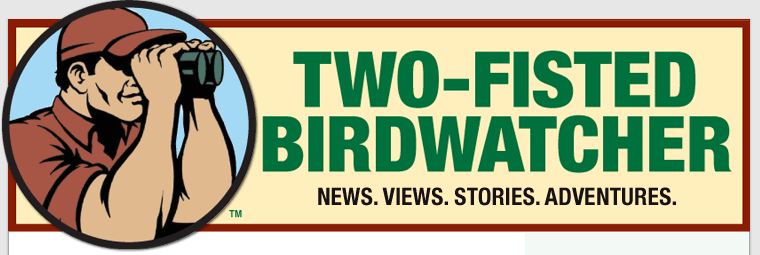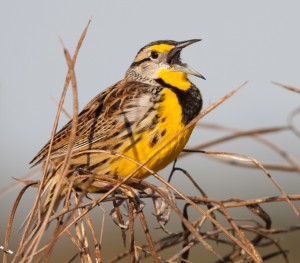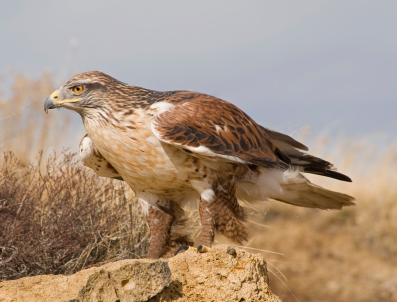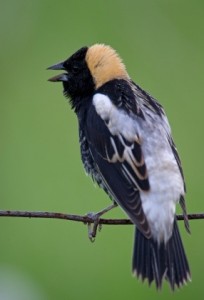In the grasslands of Colorado, I found myself trailing a Sharp-tailed Grouse. I had a long lens, and took its picture. Not great by today’s standards, but it grabbed the moment.
I was watching a grouse. Did that mean I was “grousing?” Hell, no. I know what grousing means. I’m well known for doing it. Just ask my wife.
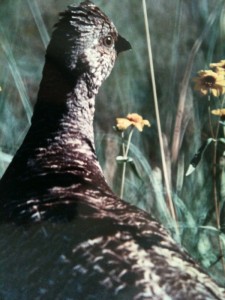
This got me thinking about the word “birding.” I generally don’t use it, preferring the term “bird watching.”
I was grouse watching. Not grousing. I was bird watching, not birding. When I’m monkeying with something, I’m not watching monkeys. If I were, I’d call it monkey watching.
These days, there’s an increasingly popular practice of “verbing” nouns. See? The noun “verb” was just used as a verb.
Time out…
This is a two-fisted site. Discussion of English usage is going to wind up with a bloody nose if it’s not careful. So we’ll be quick.
Others may go “birding.” That’s cool. I like these birders. I’m impressed by how good some of them are. But I’m going to stick with “bird watching,” if it’s all the same. And it is.
This probably wouldn’t be worth discussing if “verbing” hadn’t gone too far recently. For example: A business acquaintance said he was “dialoguing” about something. Give me a break.
“Parenting” has wormed its way into common talk. (Yeah, “worm” can be a verb. But at least it doesn’t mean “worm watching”). Anyway, don’t parent; just be a parent.
One final example: “tasking.” Those toadies on TV’s “The Apprentice” are “tasked” to do some degrading thing, then they “task” each other, too.
Enough.
While hiking in Colorado I also saw a Golden Eagle, Steller’s Jays, a novel Gray Jay—uninteresting to look at, but a first for me—and I got close-up views of a Clark’s Nutcracker and Western Tanager.
I saw them while “bird watching.” Many people who share my interest in these sightings would call what I did “birding.” I guess there’s room enough out there for both terms. But you know how I feel.
Meanwhile, we’re done dialoguing about this.
